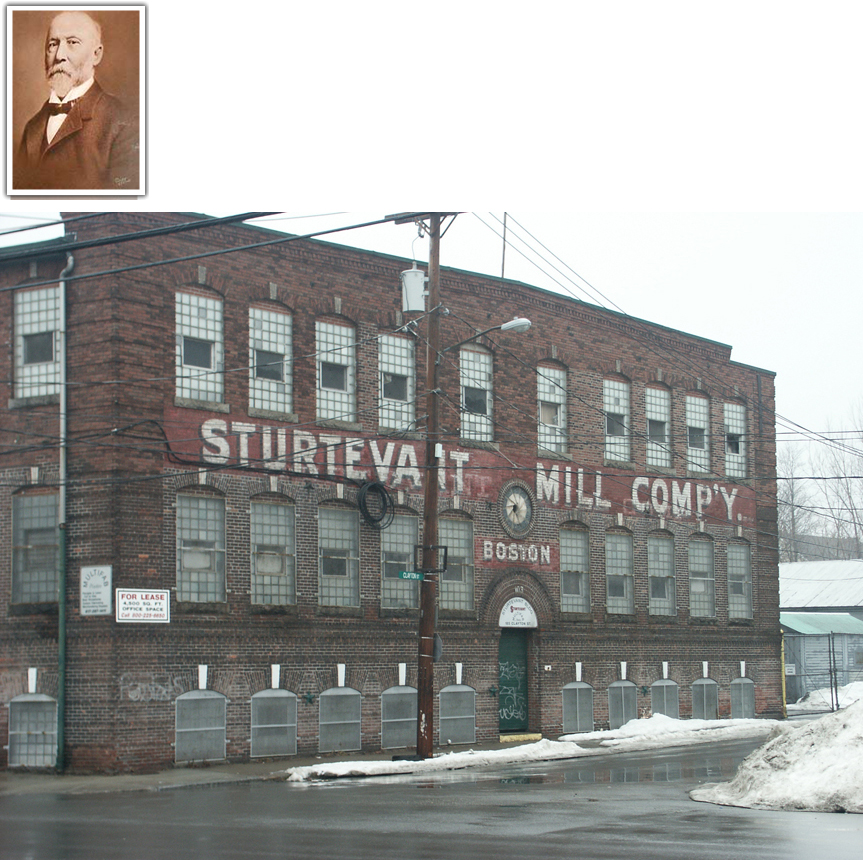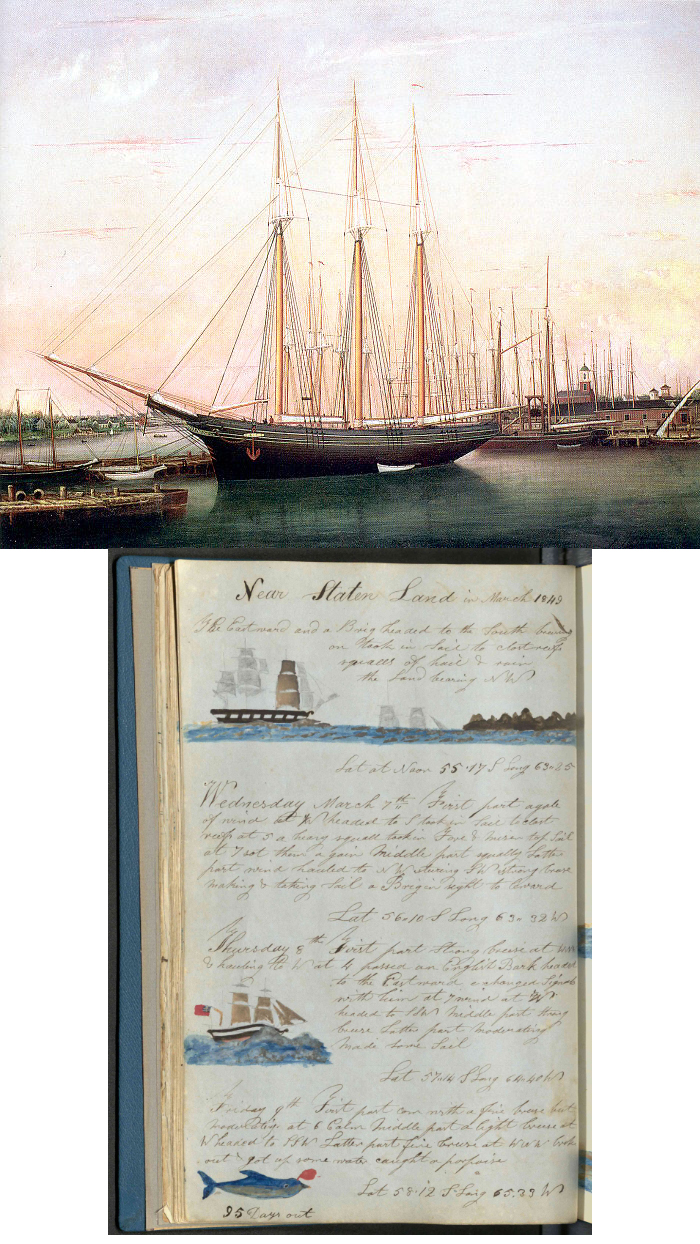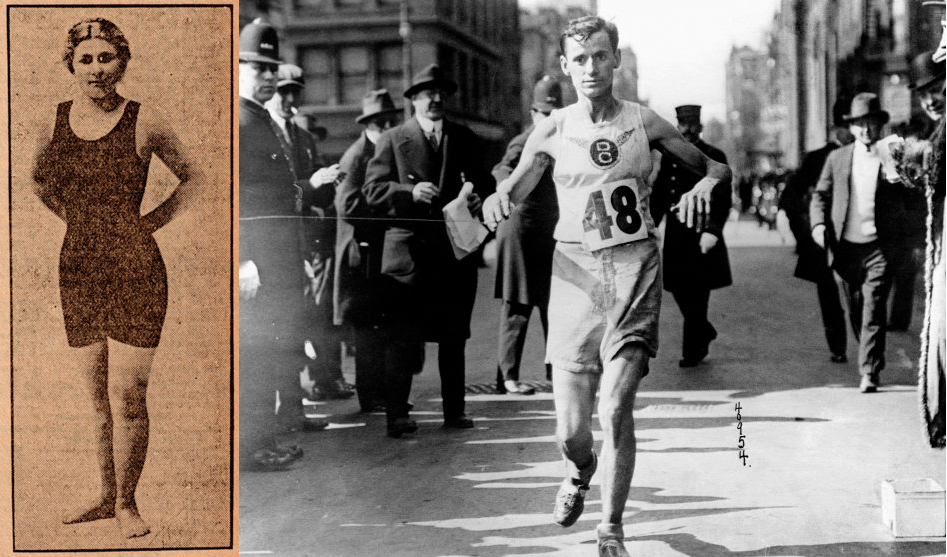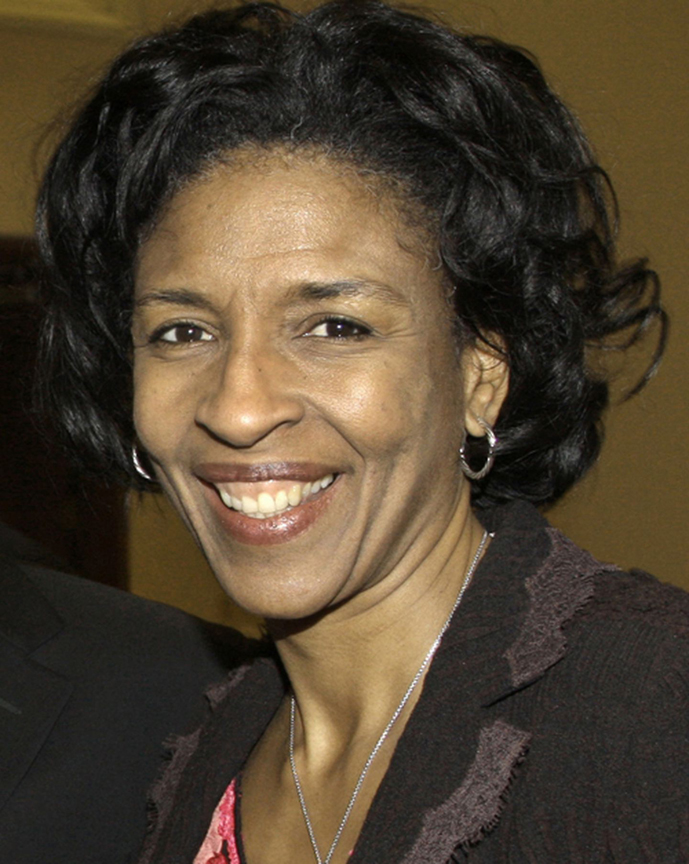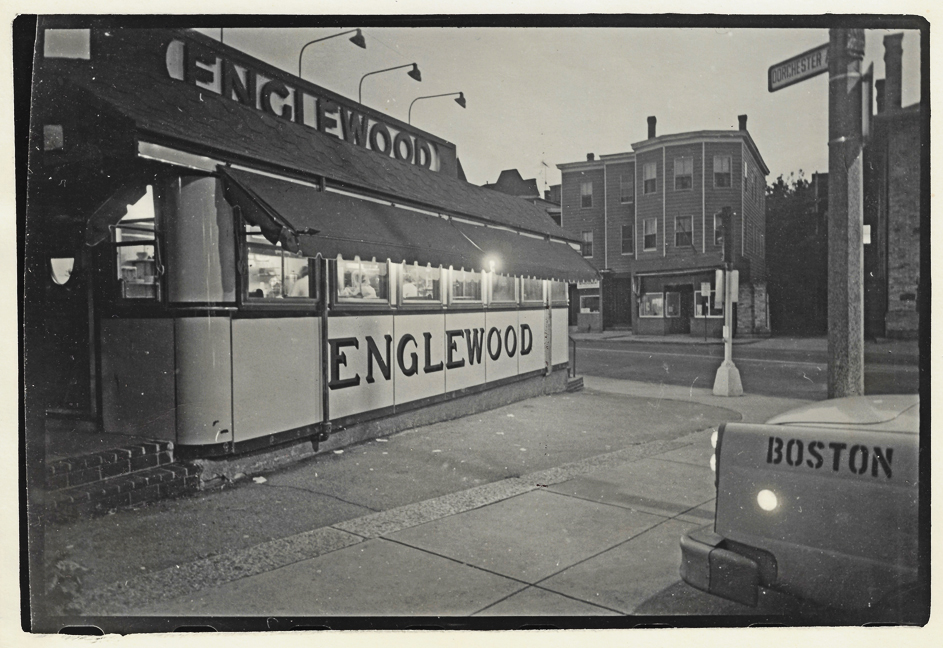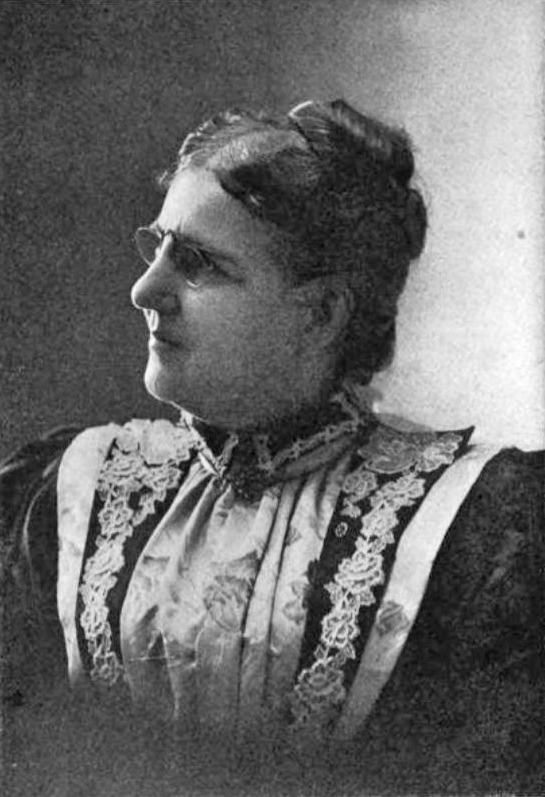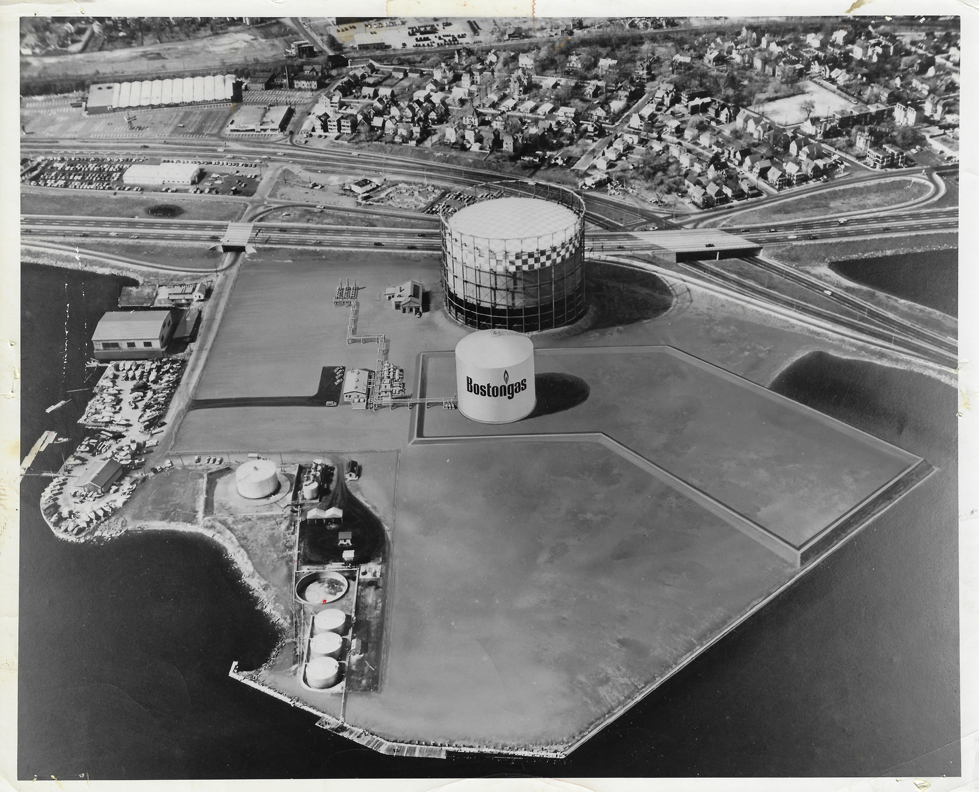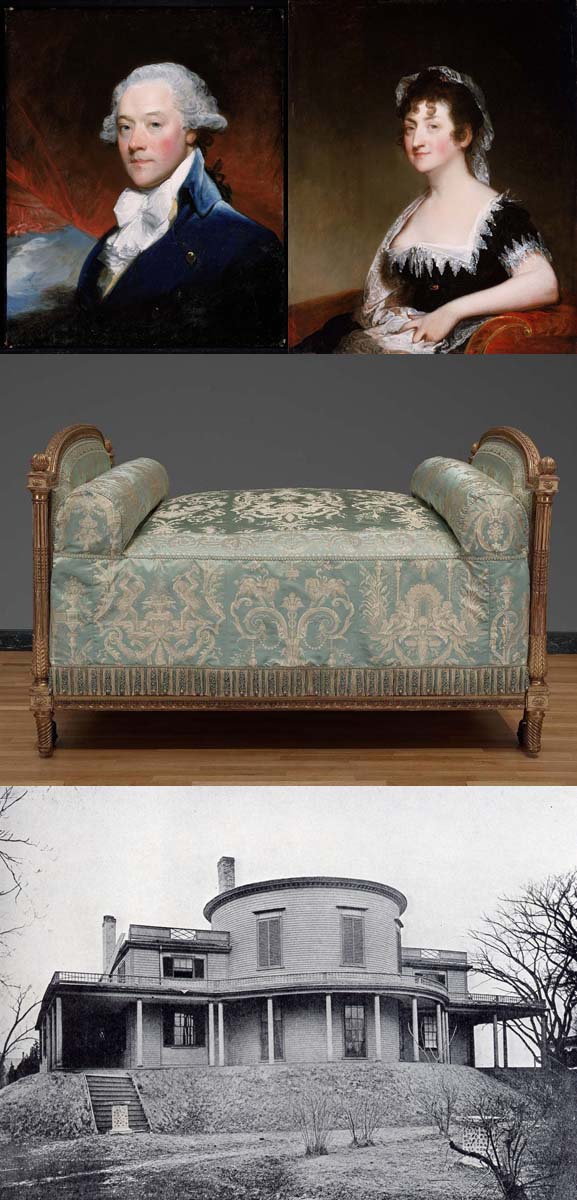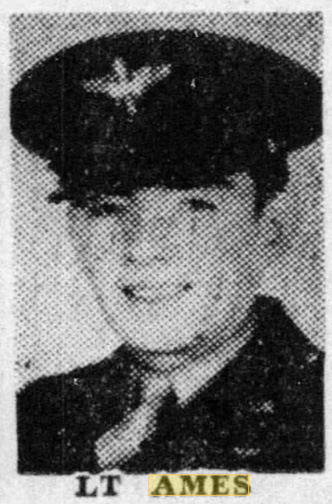Dorchester Illustration no. 2469 Sturtevant Mill Company
The following is from:
https://sturtevantinc.com/about/ accessed July 29, 2020
Thomas L. Sturtevant recognized the need for mechanization in the fertilizer industry and founded the Sturtevant Mill Company in the state of Main in 1883. His first unit was a Rock Emery Mill. Not long before the turn of the 19th century [sic], the company moved to Dorchester, Massachusetts, where it remained until 1998 when it moved to its current location in Hanover, Massachusetts.
And idea ahead of its time.
In an effort to limit human exposure to harmful fumes and acids common to the process involved in the manufacture of fertilizers, Mr. Sturtevant designed the Mechanical Den and Excavator, a machine that would revolutionize the batch processing of super phosphate.
In the early 1900s, the Company advanced designs for crushing and grinding, blending and mixing, and related materials-handling equipment. A venture into the automotive field began in 1904 when T. J. Sturtevant designed an automatic transmission. Together with the Sturtevant-designed internal combustion, automatic lubrication, vacuum brakes, and a body manufactured by another firm, the Sturtevant Automatic Automobile, the world’s first automatic, was marketed for upwards of six thousand dollars.
Further engineering skill led to the development of the Air Separator. At this same time, the science of cement manufacture was evolving. In 1930, a contest between Sturtevant and another important manufacturer for the favor or a major cement producer proved the Sturtevant unit superior. For the next several decades, the “Closed Circuit” method of making cement was dominant, and the Sturtevant Air Separators helped lead the way.
During World War II, Sturtevant participated n the defense effort by making parts for local naval yards. In addition, Sturtevant was given high priority to secure materials for the manufacture of its equipment for use n the chemical industries In the post war era, the cement industry grew continually, calling for more Air Separators. In the later 1950s, massive reconstruction an expansion n that industry caused Sturtevant to work at a feverish pace to meet the demands of its customers.
During the 1930s, Sturtevant introduced an ultrafine grinder, the Micronizer®. This fluid energy mill opened up many new ad promising markets. The same decade saw the development of two more pulverizers which were intermediate to the older crushers and the Micronizer®, representing a relatively new concept of fine grinding by impact.
In 1972, Sturtevant acquired the North Attleboro Foundry, in North Attleboro, Massachusetts.
The tradition of family management has been maintained at Sturtevant, Inc. from its inception to the present T. L. Sturtevant was its manager from its founding to 1920, followed by his son Laurance H. Sturtevant, whose grandson, William Sturtevant English, has occupied the position of the Chairman of the Board since the death of his father, Clayton F. English, in 1978. The company is headquartered in Hanover, Massachusetts.
Note: this is not the B. F. Sturtevant Company that had a plant in Hyde Park.

